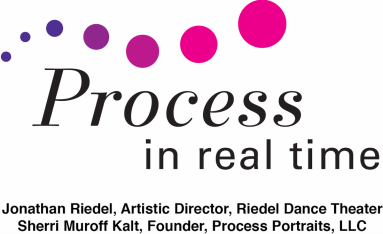|
Friday, July 22, 2016 PROCESS DETAILS TECHNICAL SHERRI
*Desired execution of movements *Timing adjustments *Gestural nuances
PSYCHOLOGICAL/EMOTIONAL JONATHAN
0 Comments
Your comment will be posted after it is approved.
Leave a Reply. |
AuthorSherri Muroff Kalt, founder of Process Portraits, LLC and author of Portrait of an Artistic Journey: The Creative Process in Real Life Context, is a Phi Beta Kappa, magna cum laude graduate of Duke University with a B.A. in psychology. She began her career in marketing and sales in New York City with L’Oréal, Monet Jewelers, and Givenchy. READ MORE |

 RSS Feed
RSS Feed